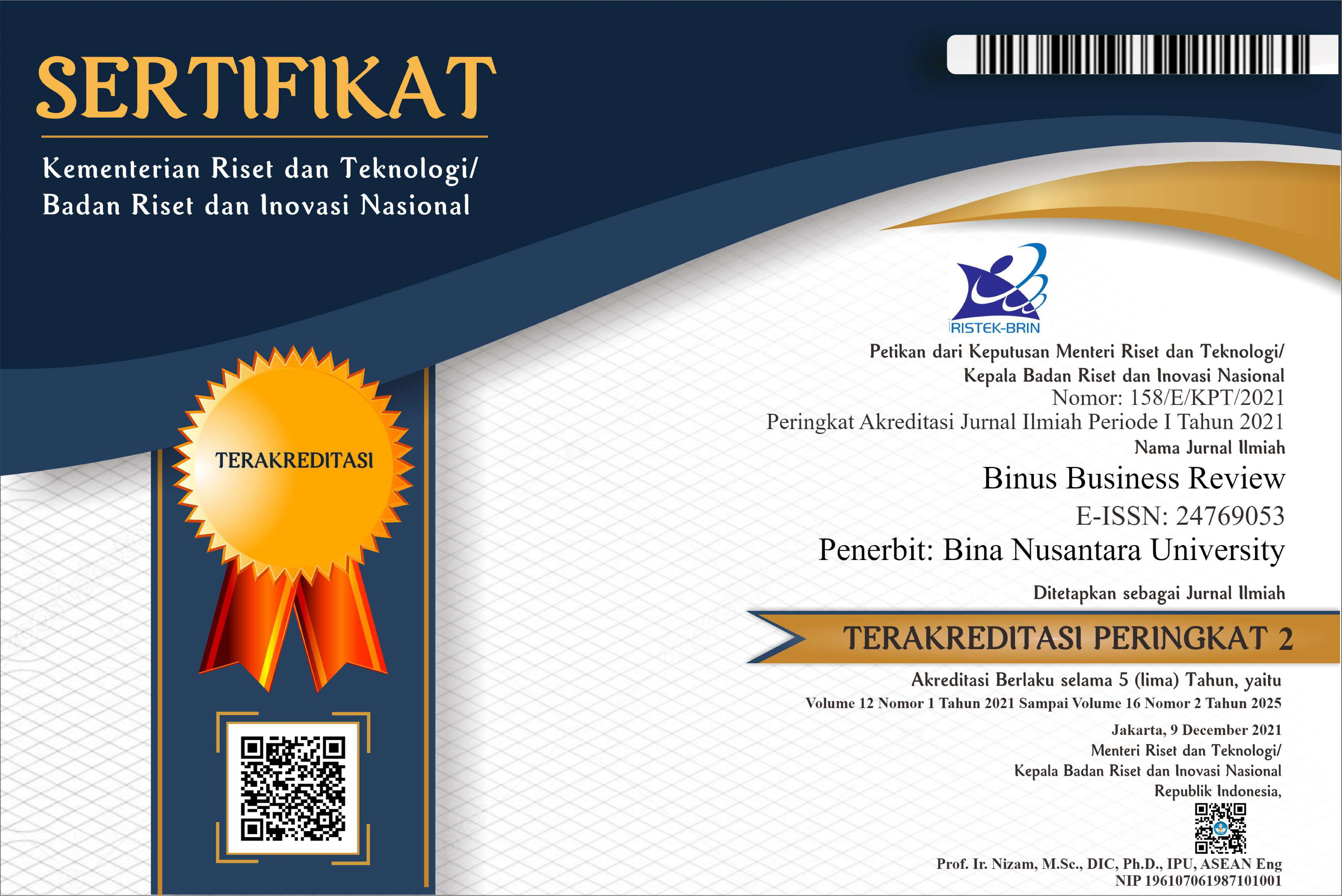Hubungan antara Kelestarian Ekonomi dan Lingkungan: Suatu Kajian Literatur
DOI:
https://doi.org/10.21512/bbr.v4i2.1400Keywords:
economic growth, environment, pollution, innovation, preservationAbstract
Pollution of the environment faced is generally caused by economic activity. Traditional economic theory placed trade-off between economic growth and environmental quality. However, since the early 1990s the empirical literature and theoretical literature have been growing rapidly. Research has shown that the relationship between economic growth and the environment can be positive. Research has shown the effect of income on environmental sustainability, control of population density. However, environmental pollution can be controlled to obtain optimal pollution which gives the maximum net benefits of economic activity. Identification of contaminants is required when optimal pollution can be determined. Economic instruments can be used to sue the polluters to control their economic activities. Selection of economic instruments that will be applied will work fine if the value of environmental contamination is known. In fact, pollution is not valuable, and therefore, the economic valuation of pollution is required. Several assessment techniques have been introduced, based on the type of pollution. The results also show that the conventional wisdom focuses more on the pollution control, in which they must be combined with the development of policy options that focus on ecoefficiency aspects of environmental sustainability and innovation in the process of economic development. If not, the economic growth will continue to degrade the environment in most countries.
Plum Analytics
References
Ashari. (2003). Tinjauan tentang alih fungsi lahan sawah ke non sawah dan dampaknya di Pulau Jawa.
Forum Penelitian Agro Ekonomi, 21(2), 83-98.
Barbier, E. B. (1989). Cash Crops, Food Crops, and Sustainability: The case of Indonesia. World
Development, 17(6), 879-895.
Barbier, E. B. (1995). The Economics of soil rosion: Theory, methodology, and examples. Paper based
on a presentation to the Fifth Biannual Workshop on Economy and Environment in Southeast
Asia. Singapore.
Cannon, J. (1999). Participatory economic valuation of natural resources in the Togean Islands.
Garrod, G., and Willis, K. G. (1999). Economic Valuation of the Environment: Methods and Case
Studies. Cheltenham: Edward Elgar.
Grafton, R.Q., Adamowicz, W., Dupont, D., Nelson, H., Hill, R.J., and Renzetti, S. (2004). The
Economics of the Environment and Natural Resources. Carlton: Blackwell.
Howe, C.W. (1979). Natural Resource Economics: Issues, Analysis, Policy. New York: Willey.
Monke, E. A., and Pearson, S. R. (1989). The Policy Analysis Matrix for Agricultural Development.
Ithaca: Cornell Univ. Press.
Mourato, S., Ozdemiroglu, E., and Foster, V. (2000). Evaluating health and environmental impacts of
pesticide use: Implications for the design of ecolabels and pesticide taxes. Environmental
Science and.Technology, 34(8), 1456 –1461.
Nas, T. F. (1997). Cost-Benefit Analysis: Theory And Application. London: SAGE.
Ready, R. N. S., Day, B., Dubourg, R., Machado, F., Mourato, S., Spanninks, F., and Maria Xosé
Vázquez Rodriquez, M.X.V. (2004). Benefit transfer in Europe: How reliable are transfers
between countries? Environmental and Resource Economics, 29, 67–82.
Rozan, A. (2004). Benefit transfer: A comparison of WTP for air quality between France and
Germany. Environmental and Resource Economics, 29, 295–306.
Tietenberg, T. (1992). Environmental and Natural Resource Economics. New York: Harper Collins.
Tietenberg, T. (1998). Environmental Economics and Policy. Reading: Addison-Wesley.
Turner, K., and Pearce, D. (1991). Economics of Natural Resources and the Environment. The Johns
Hopkins University Press.
Downloads
Published
How to Cite
Issue
Section
License
Authors who publish with this journal agree to the following terms:
a. Authors retain copyright and grant the journal right of first publication with the work simultaneously licensed under a Creative Commons Attribution License - Share Alike that allows others to share the work with an acknowledgment of the work's authorship and initial publication in this journal.
b. Authors are able to enter into separate, additional contractual arrangements for the non-exclusive distribution of the journal's published version of the work (e.g., post it to an institutional repository or publish it in a book), with an acknowledgment of its initial publication in this journal.
c. Authors are permitted and encouraged to post their work online (e.g., in institutional repositories or on their website) prior to and during the submission process, as it can lead to productive exchanges, as well as earlier and greater citation of published work.
USER RIGHTS
All articles published Open Access will be immediately and permanently free for everyone to read and download. We are continuously working with our author communities to select the best choice of license options, currently being defined for this journal as follows: Creative Commons Attribution-Share Alike (CC BY-SA)




















